Advancing the Frontiers of Gravitational Science
BeeTheory represents a bold step forward in our quest to understand gravity at its most fundamental level. While classical Newtonian physics and Einstein’s general relativity have guided us for centuries, these frameworks leave critical questions unresolved, particularly at the quantum scale. By harnessing the principles of ondular quantum mechanics, BeeTheory offers a transformative perspective that transcends conventional gravitational models. Rather than relying on gravitons or purely geometric concepts of space-time curvature, BeeTheory places wave-like, ondular interactions at the heart of gravitational forces, providing a more cohesive explanation that weaves together the particle and wave aspects of matter.
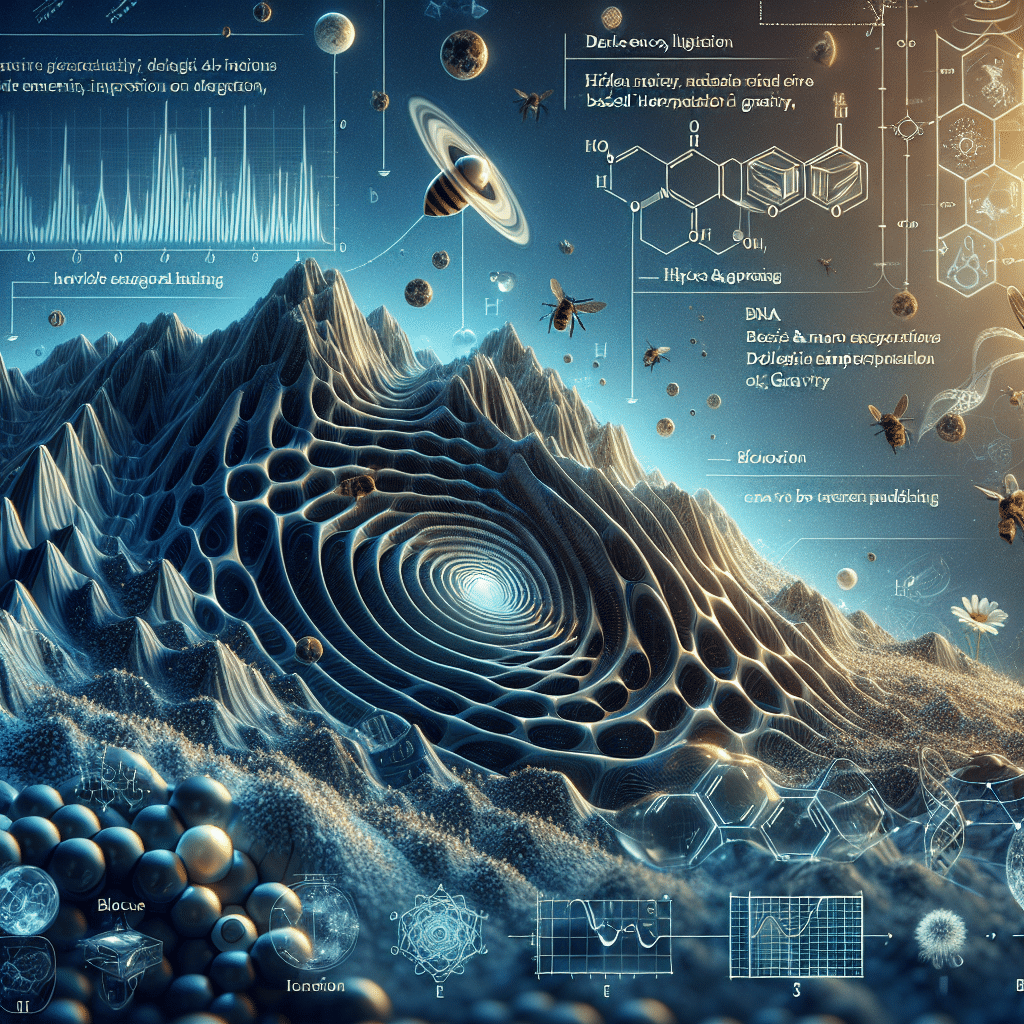
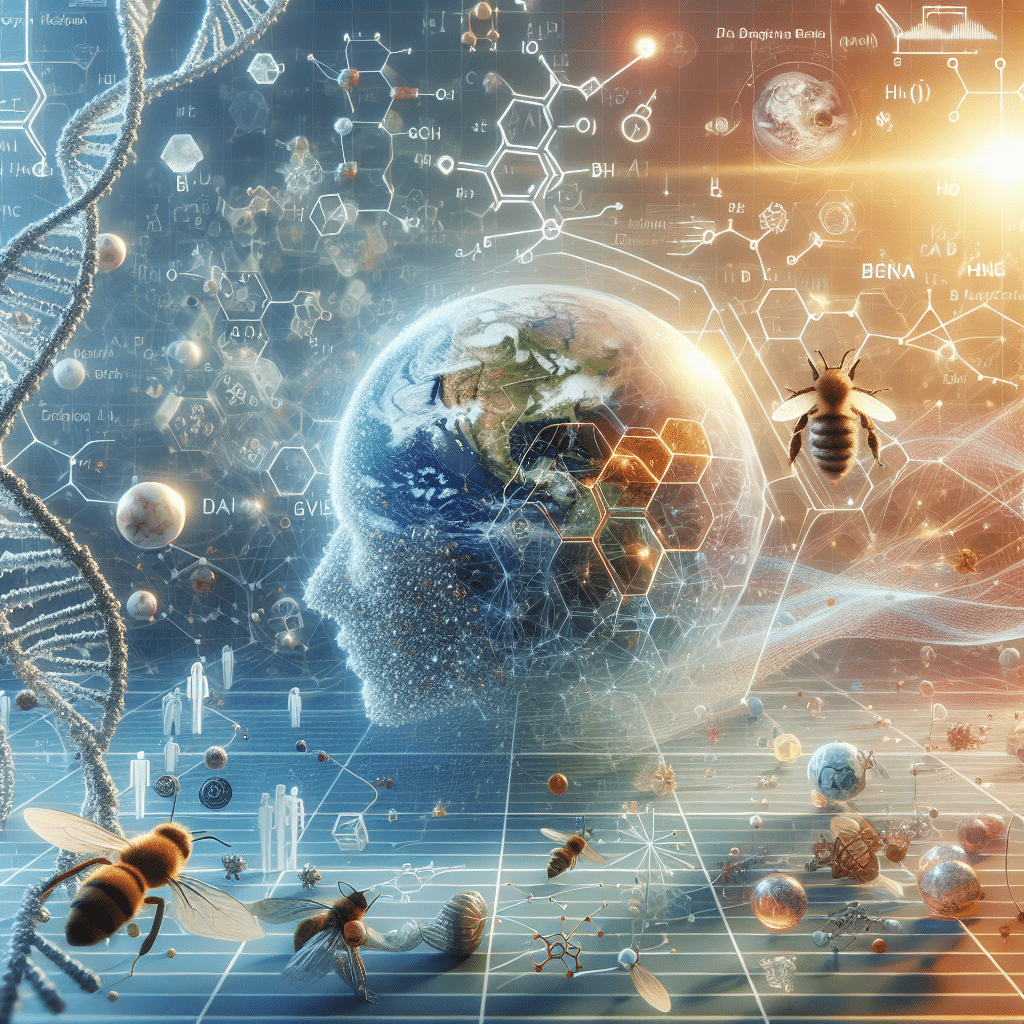
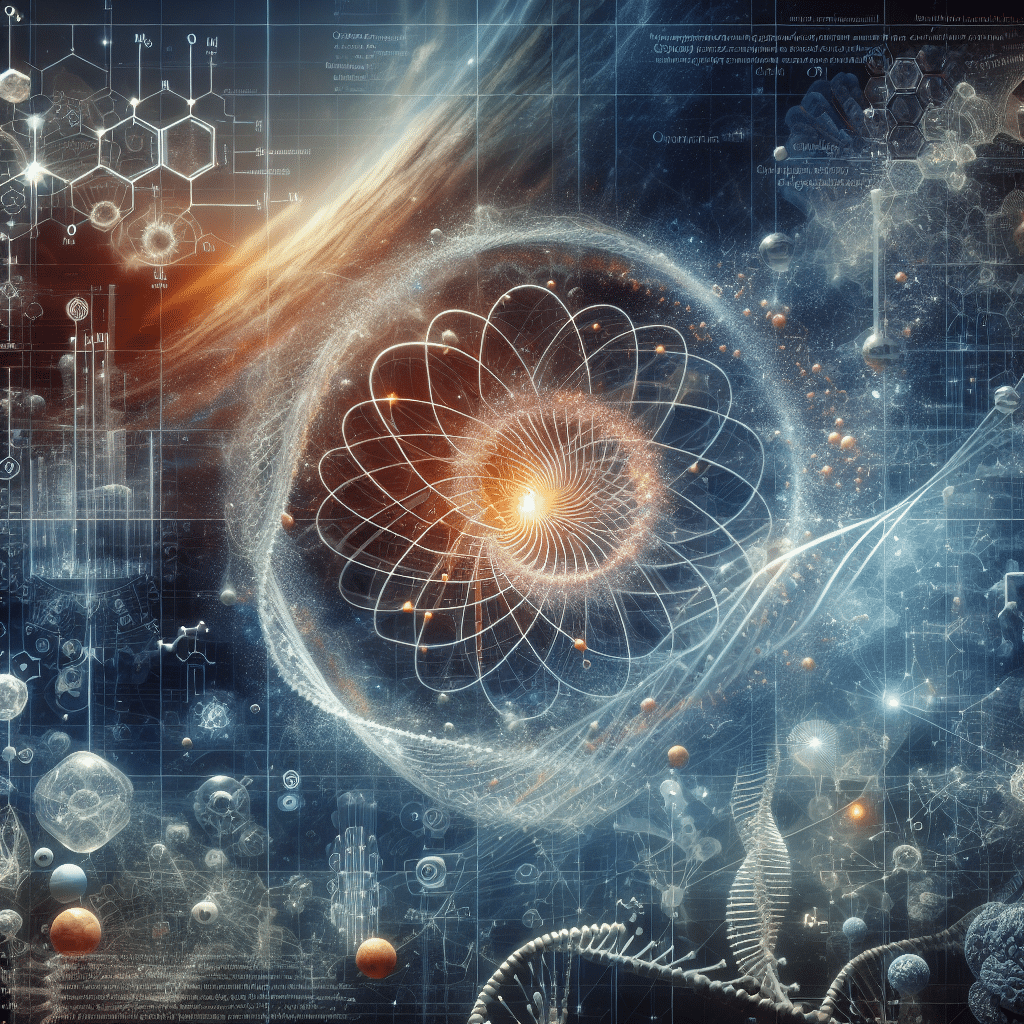
Rethinking Gravity’s Core Mechanisms
At its core, BeeTheory redefines the nature of gravitational forces. In place of viewing gravity as a simple force acting at a distance or a result of curved geometry, BeeTheory posits that ondular functions—mathematical constructs characterizing wave patterns—drive the dynamics between particles. When two particles interact, their ondular states influence one another, guiding the particles along paths that minimize oscillatory discrepancies. Through this lens, gravity emerges as an intrinsic property of matter’s underlying wave structure, unifying the notion of wave-particle duality into a cohesive gravitational model.
From Classical Models to Quantum Scales
The limitations of traditional gravitational theories become evident when we delve deep into the subatomic realm. Newtonian physics excels at describing macro-scale phenomena, while general relativity revolutionized our understanding of large-scale cosmic structures. Yet, both struggle to explain how gravity operates on quantum scales, leaving a gap in our comprehension. BeeTheory fills this gap by offering a holistic framework that bridges the quantum world with the classical, providing a mathematical foundation for understanding how gravity may emerge from intricate wave interactions at the smallest levels of reality.
Addressing Unanswered Questions
BeeTheory’s innovative approach opens new avenues for tackling longstanding puzzles in gravitational science. Why does gravity remain so challenging to shield or negate? How might artificially generated gravitational fields be achieved? Could anti-gravity engines, once confined to the realm of speculative fiction, find a foothold in reality? BeeTheory’s ondular perspective suggests that gravity cannot simply be blocked because it arises from fundamental wave patterns intertwined with matter itself. To alter gravitational behavior, one would need to influence these ondular states—a complex proposition that encourages fresh experimental strategies and theoretical inquiries.
Illuminating Cosmic Mysteries
Beyond these foundational questions, BeeTheory provides a lens through which we can reinterpret some of the universe’s most enigmatic phenomena. Consider the elusive concept of dark matter, an unseen mass inferred from its gravitational effects on galaxies. Traditional frameworks search for exotic particles or modifications to gravitational laws. BeeTheory, however, suggests that what we perceive as hidden mass might be better understood through the ondular patterns governing matter. Similarly, the formidable gravitational fields of black holes, or the spectacular plasma jets launched from pulsars, can be examined with BeeTheory’s wave-based toolkit, potentially revealing new insights into their origins and behavior.
Practical Implications and Interdisciplinary Reach
While BeeTheory may appear primarily as a theoretical construct, its implications resonate across multiple scientific and engineering disciplines. By refining our understanding of gravity, BeeTheory could guide the development of novel gravitational manipulation technologies. In astrophysics, it may prompt reevaluations of cosmic structure formation or influence the design of space exploration strategies. In engineering, it could inspire materials and devices that respond in new ways to gravitational fields, while in advanced theoretical research, it might inform quantum gravity models seeking to unify all fundamental interactions.
Moreover, the theory’s reliance on precise mathematical formalism enables the construction of numerical simulations that test its predictions. Researchers can use these computational models to analyze gravitational wave propagation, assess subatomic gravitational effects, and design experiments that probe ondular states. The emerging synergy between theory, computation, and observation promises to elevate BeeTheory from a conceptual framework to a practical tool for understanding gravity’s role across a vast range of contexts.
A Catalyst for Future Discoveries

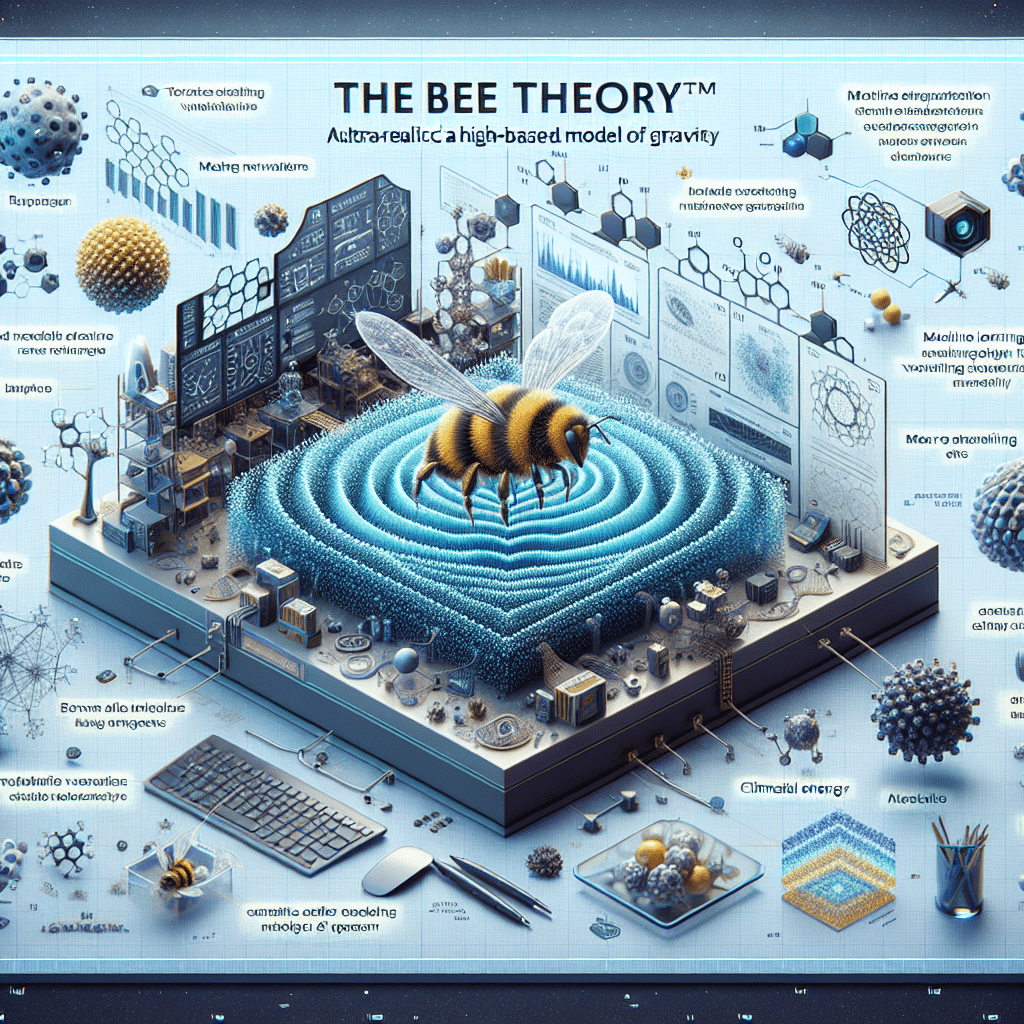

As with any revolutionary idea, BeeTheory’s journey is just beginning. Its proponents must rigorously test it against existing experimental data, integrate it with established principles of quantum mechanics and thermodynamics, and refine its mathematical underpinnings. Should BeeTheory withstand these challenges, it may emerge as a cornerstone in the future of gravitational physics, influencing how scientists approach fundamental problems and inspiring a new generation of researchers to think differently about the very nature of gravity.
BeeTheory’s promise lies not only in answering long-standing questions about the structure and behavior of gravitational forces, but also in encouraging us to reimagine what is possible. By offering a perspective that unifies wave-particle duality and leverages quantum mathematics, BeeTheory charts a course toward a deeper, more comprehensive understanding of gravity. In doing so, it stands poised to shape both theoretical inquiry and practical innovation, ensuring that our exploration of the cosmos and the fundamental forces that shape it remain as dynamic and evolving as the universe itself.
Keywords
project, gravity, theory, ondular, particles, quantum mathematics, gravitational forces, gravitational models, Newtonian physics, general relativity, gravitons, space-time curvature, gravitational equations, subatomic scale, gravitational interactions, anti-gravity engines, artificial gravity, wave-particle duality, numerical simulations, gravitational fields, ripples, ondular functions, force dispersion, astrophysics, engineering, hidden mass, plasma jets, thermodynamics, fundamental principles, fundamental interactions.
project – At its core, BeeTheory is more than just a theoretical framework; it is a comprehensive research project that encompasses conceptual development, mathematical modeling, simulation-driven testing, and potential experimental validation. As a project, it involves teams of physicists, mathematicians, engineers, and technologists working in tandem to push the boundaries of current scientific understanding.
gravity – Gravity is traditionally understood as an attractive force that shapes the motions of planets, stars, and galaxies. BeeTheory’s ondular framework goes beyond describing gravity as a mere pull; it aims to reveal why this fundamental interaction exists, connecting it to underlying wave patterns that govern how matter behaves at all scales.
theory – BeeTheory is not simply another hypothesis; it aspires to be a cohesive theory that unifies disparate observations and models. Its theoretical backbone weaves together quantum mechanics, gravitational phenomena, and ondular mathematics into a single, elegant description. The ultimate goal is to create a paradigm robust enough to stand alongside established theories while resolving open questions they leave unanswered.
ondular – The term “ondular” derives from the concept of waves and oscillations. In BeeTheory, ondular functions and states represent the mathematical language of particle interactions. Rather than focusing on discrete points in space, the ondular viewpoint treats particles as dynamic wave patterns, enabling a fluid, continuous interpretation of gravitational forces.
particles – Matter, at its most basic level, consists of particles. BeeTheory posits that these particles, rather than being hard spheres interacting through forces, are fundamentally wave-like entities with ondular states. Understanding how these ondular states influence one another is crucial for explaining how gravity emerges and propagates.
quantum mathematics – At the heart of BeeTheory lies a suite of advanced mathematical tools drawn from quantum mechanics. Complex equations, probability distributions, and wave functions define how particles behave at the smallest scales. Integrating these quantum elements into a gravitational model requires new mathematical approaches to unify the quantum realm with macro-scale observations.
gravitational forces – Traditional viewpoints treat gravity as either a force transmitted by hypothetical particles (gravitons) or as a geometric effect in curved space-time. BeeTheory suggests a more nuanced understanding: gravitational forces arise naturally from the ondular alignment of matter’s intrinsic wave patterns, providing a mechanism that can seamlessly operate from cosmic expanses down to the subatomic.
gravitational models – Throughout history, humans have developed various models to explain gravity, from Newton’s inverse-square law to Einstein’s field equations. BeeTheory extends this lineage by introducing a model that incorporates ondular patterns, aiming to overcome limitations of earlier frameworks and address phenomena that have long resisted full explanation.
Newtonian physics – Newton’s laws gave us a remarkable tool for predicting planetary motions, yet they offer no insight into why gravity exists. BeeTheory pays homage to these classical foundations while striving to fill in the conceptual gaps, proposing that gravity’s origin can be traced to quantum-level wave interactions rather than merely being a universal force acting across distances.
general relativity – Einstein’s masterpiece depicted gravity as a result of curved space-time. BeeTheory respects the geometric insights of general relativity but seeks to integrate them into a larger quantum framework. The ondular approach provides a potential explanation for the curvature itself, tying gravitational effects directly to the wave properties of matter.
gravitons – In many quantum gravity approaches, gravitons are hypothetical particles that mediate gravitational forces. BeeTheory challenges this assumption, proposing a model without gravitons, where gravity emerges from ondular states instead. If validated, this idea could streamline our understanding of gravity, eliminating the need for additional, undiscovered particles.
space-time curvature – While Einstein showed that mass and energy dictate the geometry of space-time, BeeTheory suggests that the ondular patterns inherent in matter might drive this curvature. Instead of viewing space-time as passive, BeeTheory frames it as a dynamic tapestry woven by the interactions of ondular waves, potentially explaining curvature as a consequence of deeper quantum processes.
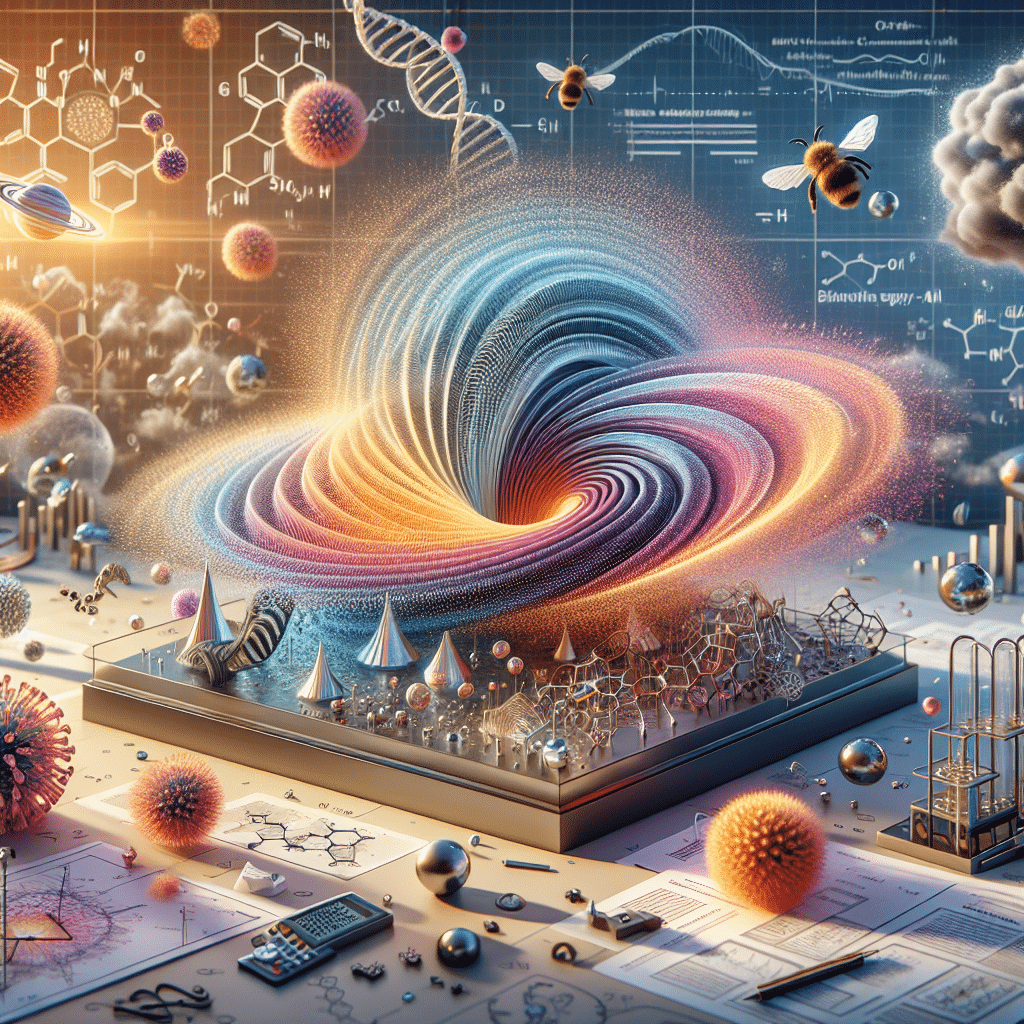
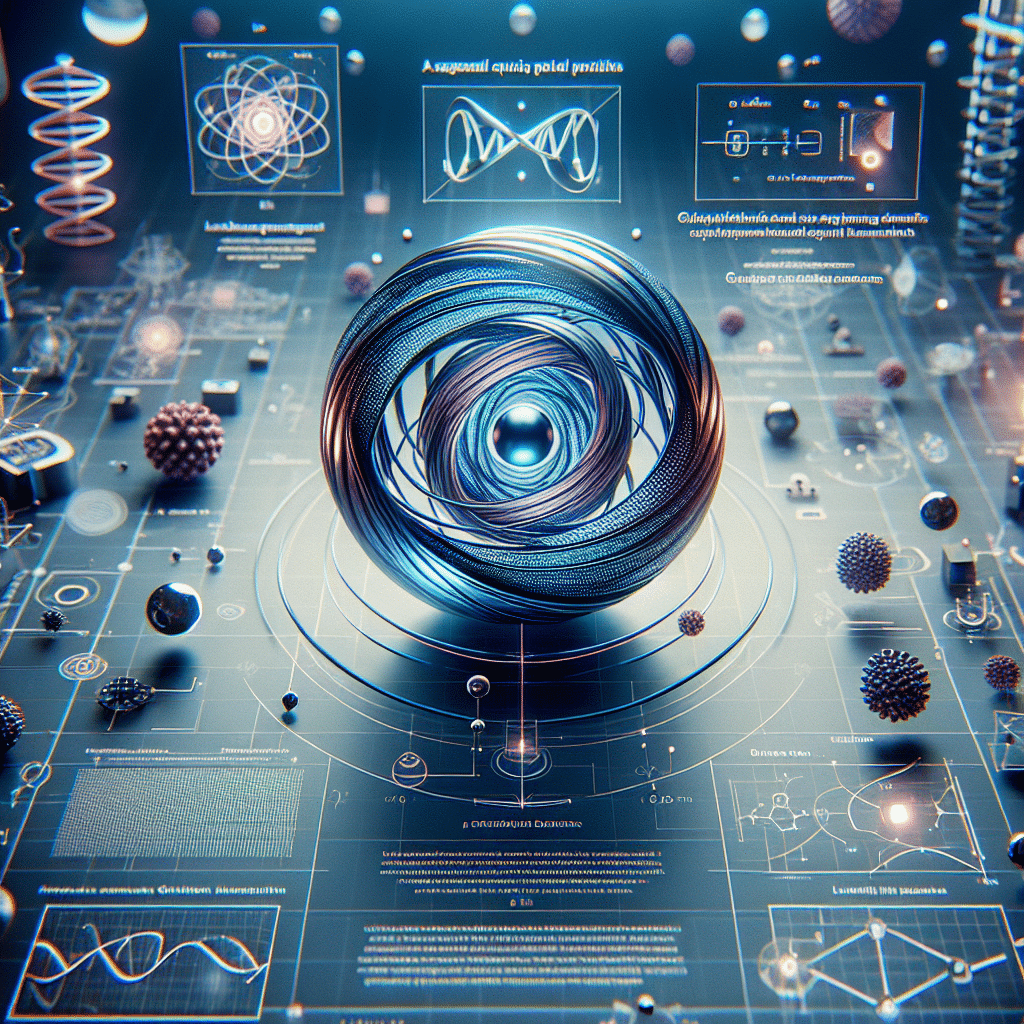
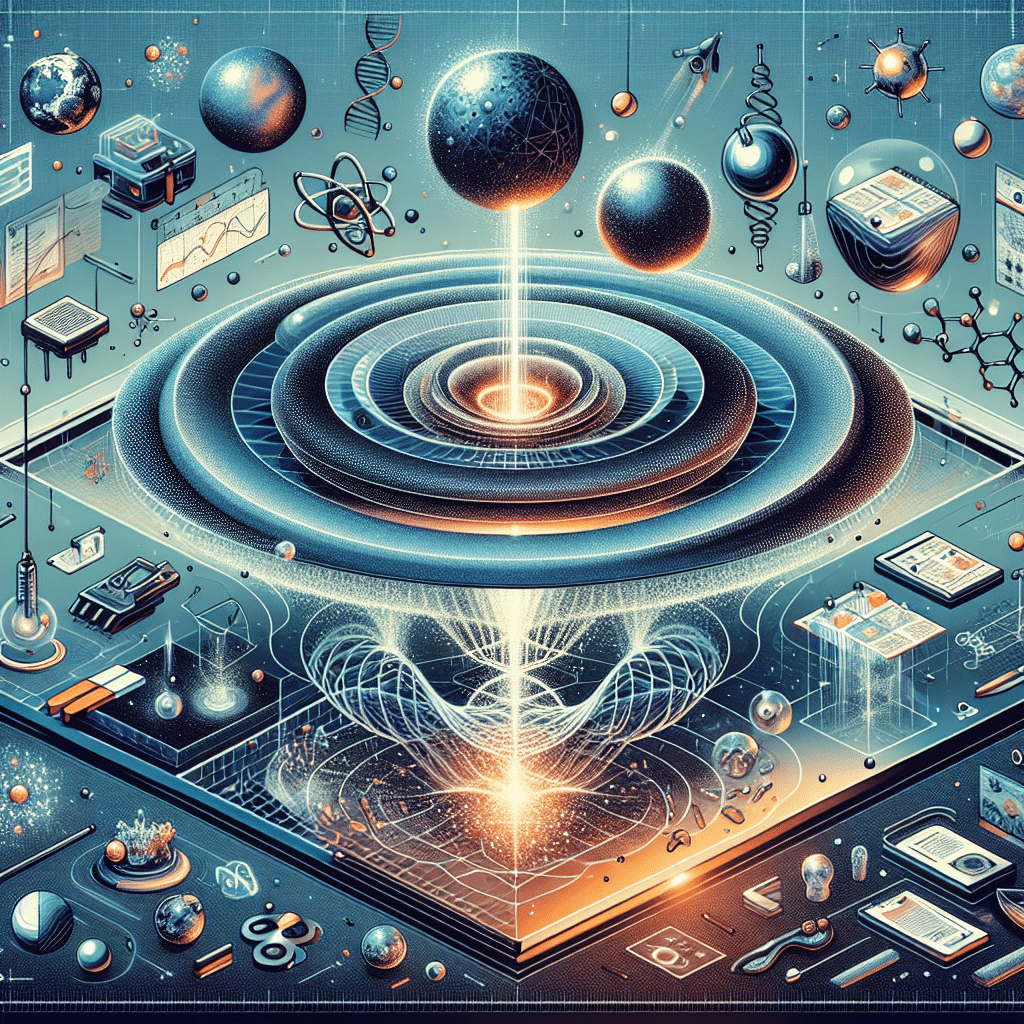
gravitational equations – The mathematical forms governing gravity have evolved over time, from Newton’s simple inverse-square law to Einstein’s more complex field equations. BeeTheory introduces a new set of gravitational equations based on ondular mathematics. These equations aim to predict gravitational phenomena across multiple scales without resorting to separate rules for macro and quantum realms.
subatomic scale – When we push our understanding of gravity down to subatomic dimensions, classical and relativistic frameworks struggle to maintain coherence. BeeTheory directs attention to the subatomic scale, where ondular effects are most pronounced, offering a fresh lens through which to interpret gravity’s elusive quantum nature.
gravitational interactions – Gravitational interactions shape the cosmos, but their fundamental cause remains a mystery. BeeTheory redefines these interactions as emergent phenomena arising from ondular states, effectively turning gravity into a natural byproduct of how particles’ wave patterns align, rather than a separate entity imposed on matter.
anti-gravity engines – The idea of countering gravitational pull has long captivated imaginations. While BeeTheory does not immediately promise anti-gravity devices, it provides a theoretical foundation that might enable innovative methods of influencing ondular states. Understanding gravity’s wave-based origins could someday allow engineers to manipulate gravitational effects at local scales.
artificial gravity – Simulating gravity in space stations or future space habitats is a persistent engineering challenge. BeeTheory’s principles hint that achieving artificial gravity might involve altering ondular conditions to mimic the wave alignments that produce gravitational attraction. Though speculative, such a concept encourages thinking beyond the traditional rotating habitats or thrust-based methods.
wave-particle duality – Quantum mechanics taught us that particles behave like waves and vice versa. BeeTheory leverages this duality, transforming what is often seen as a strange quantum quirk into the centerpiece of gravitational theory. By treating gravity as a phenomenon rooted in wave interactions, BeeTheory places wave-particle duality at the heart of its explanatory power.
numerical simulations – The complexities of ondular mathematics invite rigorous computational exploration. Numerical simulations allow researchers to test BeeTheory’s predictions, visualize ondular alignments, and probe gravitational phenomena that lie beyond direct experimental reach. Through simulations, scientists can iteratively refine the theory, solidifying its predictive capabilities.
gravitational fields – Conventionally described as invisible regions of influence around masses, gravitational fields might be better understood through ondular patterns. BeeTheory suggests that what we call a gravitational field is actually a manifestation of underlying wave arrangements that guide matter along certain trajectories, shifting our perspective from fields as fundamental entities to emergent effects of wave interactions.
ripples – Gravitational waves, often described as ripples in the fabric of space-time, find a natural place in BeeTheory. These ripples can be viewed as ondular disturbances emanating from energetic events, making gravitational waves not just distortions of space-time but tangible clues to the ondular network that governs gravitational behavior.
ondular functions – At the heart of BeeTheory’s mathematics lies the concept of ondular functions: equations that describe how particles’ wave patterns oscillate, overlap, and influence one another. These functions form the theory’s core, enabling a direct link between quantum-scale phenomena and the macroscopic gravitational forces shaping galaxies and beyond.
force dispersion – Traditional views often treat forces as point-to-point interactions, but BeeTheory implies that gravity arises from a more diffuse, wave-based mechanism. Force dispersion in this context means that gravitational influence is distributed through intricate ondular arrangements, potentially shedding light on anomalies that conventional force-centric models struggle to explain.
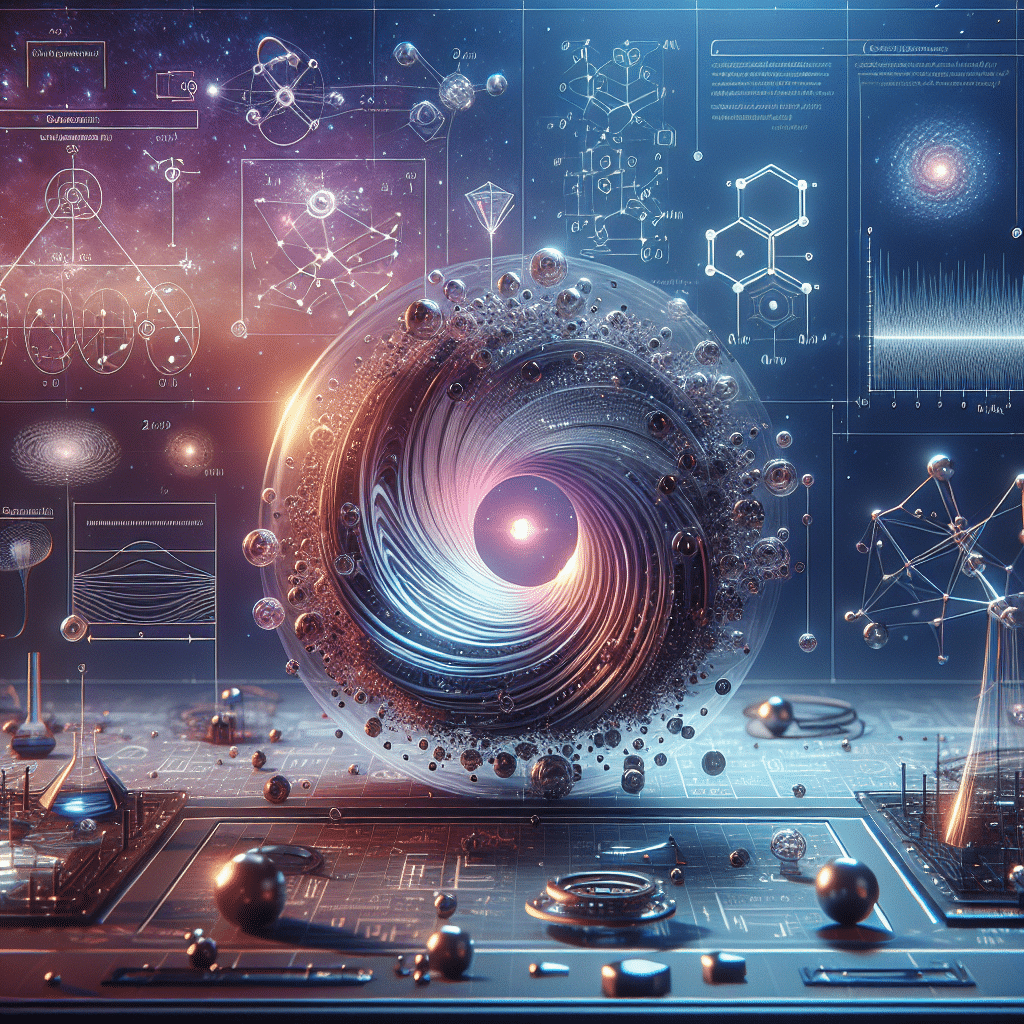

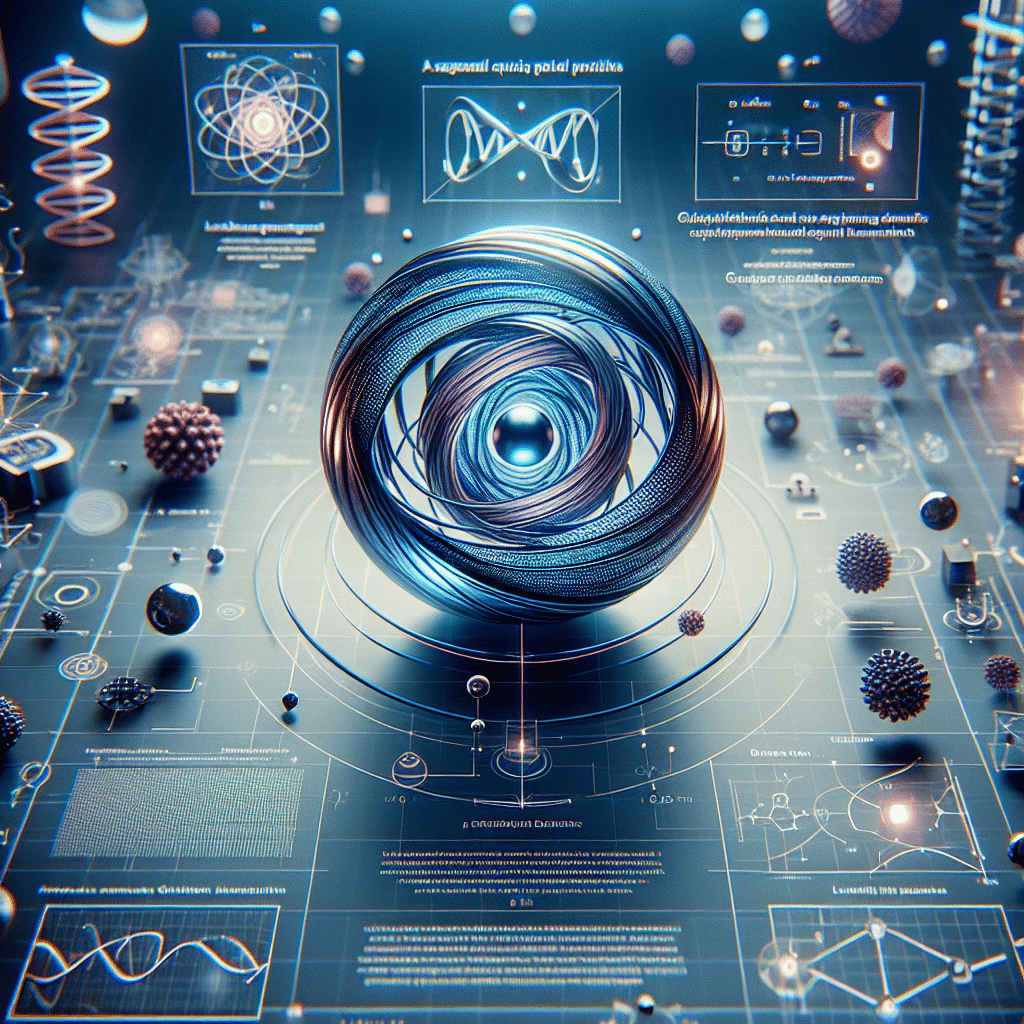
astrophysics – BeeTheory’s implications extend to astrophysics, where it may offer fresh insights into galaxy formation, the behavior of neutron stars, and the distribution of hidden mass. By connecting gravitational phenomena to ondular origins, it could help resolve inconsistencies in current models and inform new observational strategies for exploring the cosmos.
engineering – While gravity-related engineering applications are still in their infancy, BeeTheory plants the seeds for future innovation. If gravitational interactions can be influenced by manipulating ondular states, engineers might one day design systems or materials that exploit these principles, reshaping our approach to construction, transportation, and resource management.
hidden mass – Dark matter remains one of the greatest puzzles in modern astrophysics. BeeTheory reframes this enigma by suggesting that “hidden mass” effects could arise from complex ondular interactions. Instead of searching solely for undiscovered particles, researchers might consider how ondular conditions mimic the gravitational signatures attributed to invisible matter.
plasma jets – High-energy astrophysical phenomena, like the plasma jets emitted from pulsars or active galactic nuclei, challenge our understanding of how matter behaves in intense gravitational fields. BeeTheory’s ondular perspective may shed new light on the origin and dynamics of these jets, guiding researchers toward explanations that align with both quantum principles and gravitational observations.
thermodynamics – Gravity’s integration with thermodynamics remains an open question in modern physics. BeeTheory encourages reassessing how energy, entropy, and temperature distributions might relate to ondular gravitational states. This angle may reveal hidden connections, offering a more unified theory that encompasses not only gravity’s spatial aspects but also its thermodynamic implications.
fundamental principles – By challenging established notions of how gravity arises, BeeTheory prompts us to revisit the fundamental principles underlying physical law. In doing so, it nudges the scientific community toward a more comprehensive understanding that could eventually unify gravity with other interactions, anchoring them in a single coherent framework.
fundamental interactions – Gravity stands alongside electromagnetism, the strong nuclear force, and the weak nuclear force as one of nature’s four fundamental interactions. BeeTheory aspires to bridge the gap between gravity and these other forces, showing that all interactions may share a common wave-based origin. Such a unifying perspective could mark a significant milestone in our understanding of the universe.